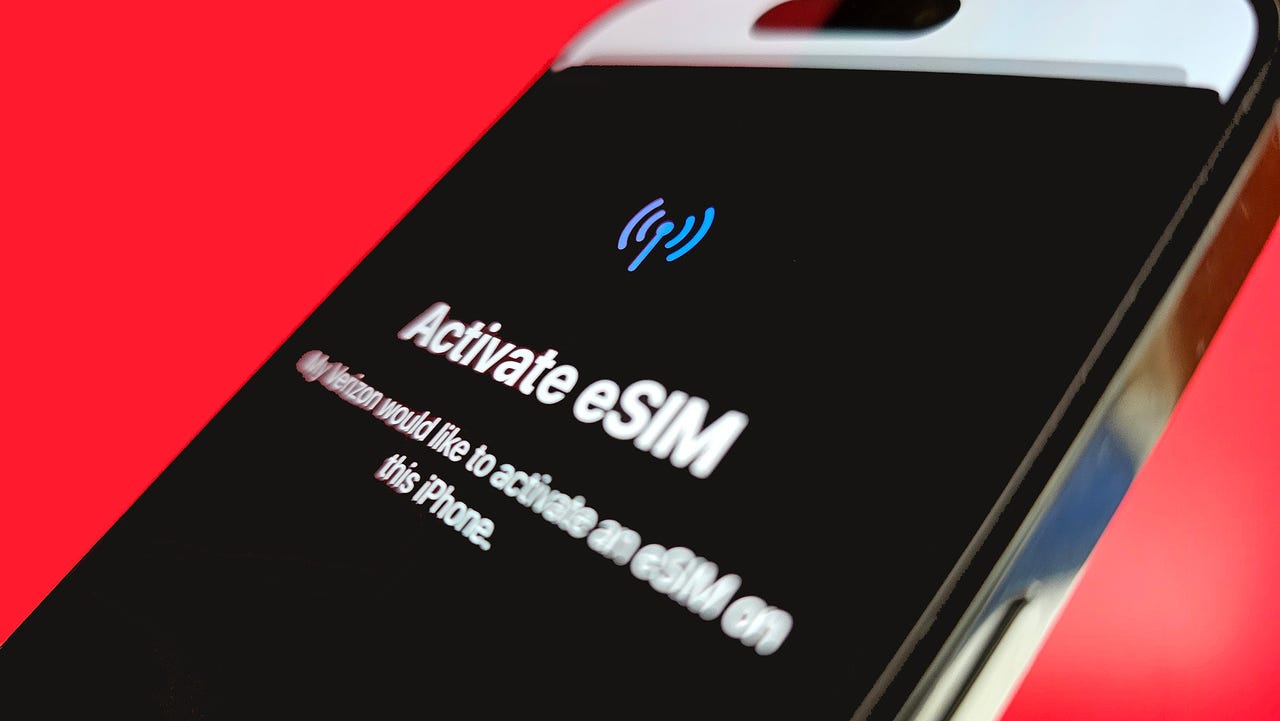Why 'rSIM' could be the next big thing in mobile and IoT

The Universal Subscriber Identification Module, known as USIM and SIM, is evolving. The traditional plastic card-based SIMs have been shrinking in size, and now, embedded SIMs or eSIMs are being incorporated into devices. The term 'local SIM' has become a common parlance among international travelers, reflecting the widespread familiarity with swapping SIM cards when abroad.
At Mobile World Congress (MWC) this year, a new term, 'rSIM' or Resilient SIM, emerged. This innovation marks a significant leap forward in mobile technology, according to several telecom companies who have a vested interest in the new mobile platform.
Also: eSIM vs. SIM: What's the difference?
During MWC, CSL Group introduced a groundbreaking technology known as rSIM, designed to enhance network reliability. This approach integrates two independent mobile communication profiles within a single SIM card. This allows for an automatic switch to an alternative network in the case of a connection failure and ensures continuous connectivity.
This technology resembles dual SIMs but requires only one card. It ensures seamless network transitions and is particularly useful for Internet of Things (IoT) devices in remote locations, where the reliability of connections is vital.
The first use of rSIM was announced just before MWC, when Deutsche Telekom and Tele2 of Sweden adopted the technology for IoT. The communication landscape of IoT often extends beyond the reach of conventional network coverage. This is because it frequently involves connecting services in locations that are remote and thus more vulnerable to disruptions.
Also: Android's eSIM transfer comes to more smartphones. Here's how it works
"This increased disruption is affecting all industries, but the biggest impact is seen in critical sectors where lives and infrastructure are at risk, for example in Telecare and Critical National Infrastructure (CNI)," says Richard Cunliffe, Director of Product and Innnovation at rSIM.
The sheer volume of physical connections in IoT also demands attention. According to a survey conducted last year, IoT connections are expected to grow from two billion to seven billion by 2033. This expansion underscores the importance of resilient technologies like rSIM.
In this sense, rSIM would be crucial for industries dependent on IoT. Moreover, it could be vital for national infrastructure, ensuring consistent connectivity.
